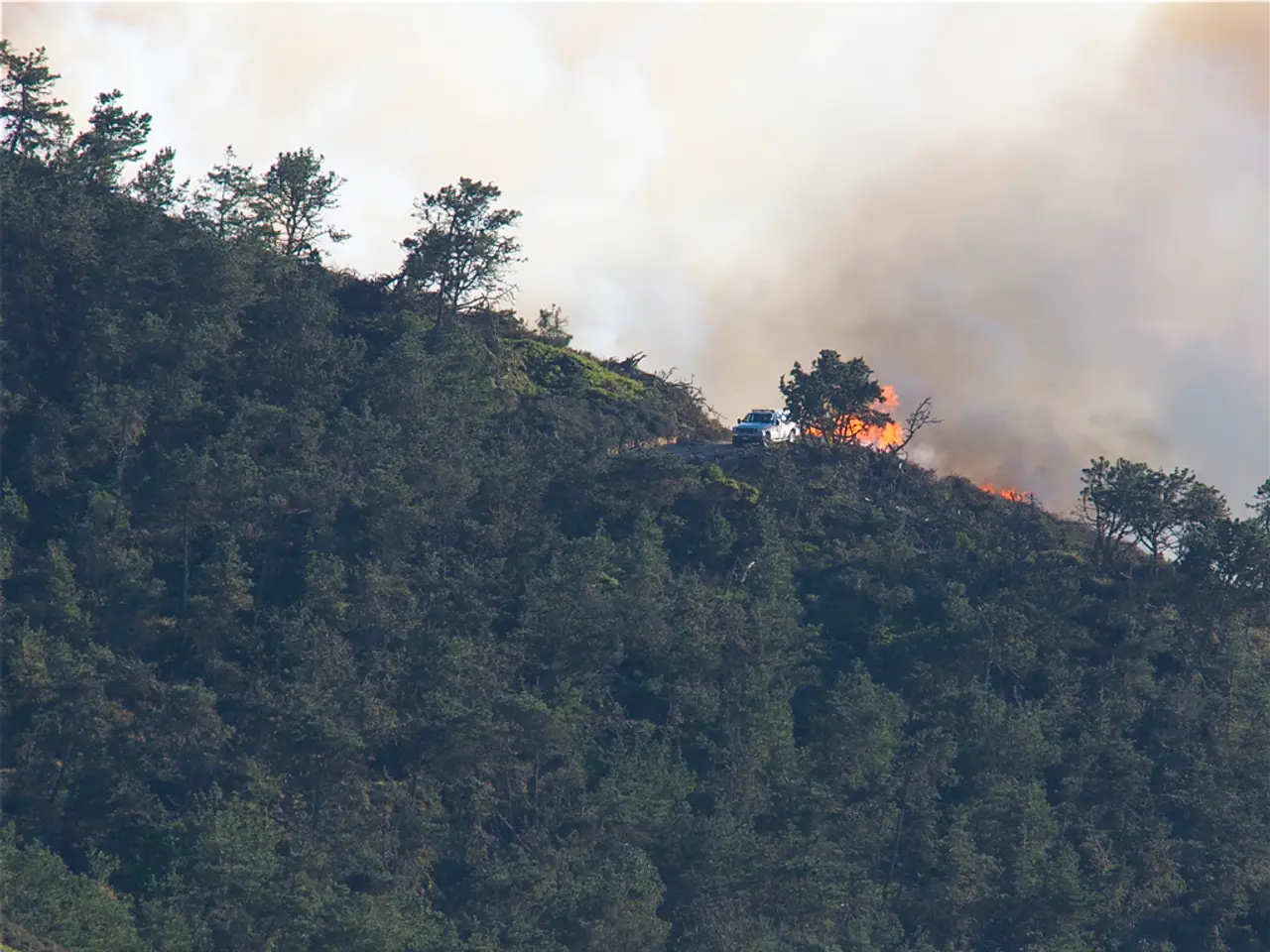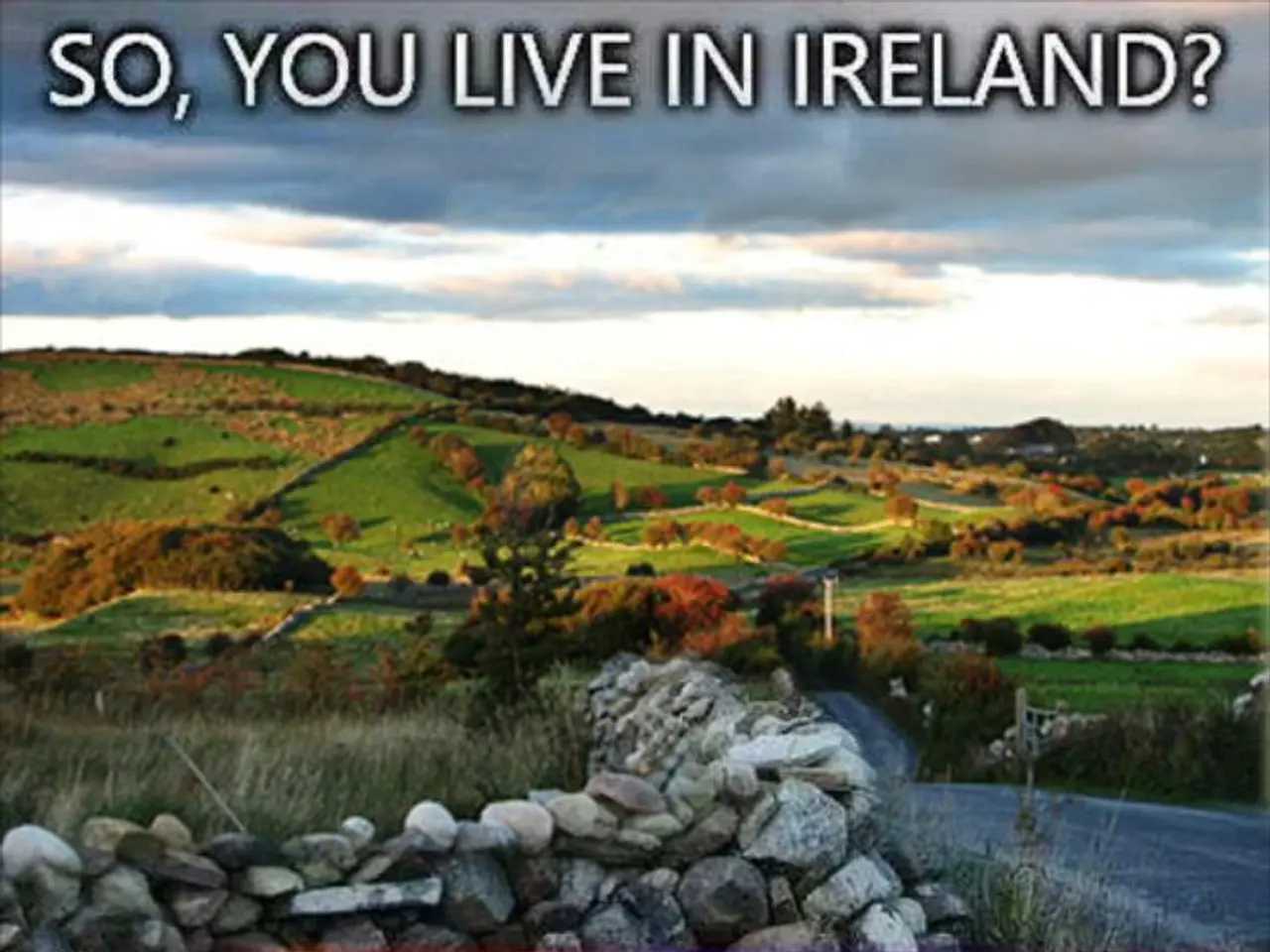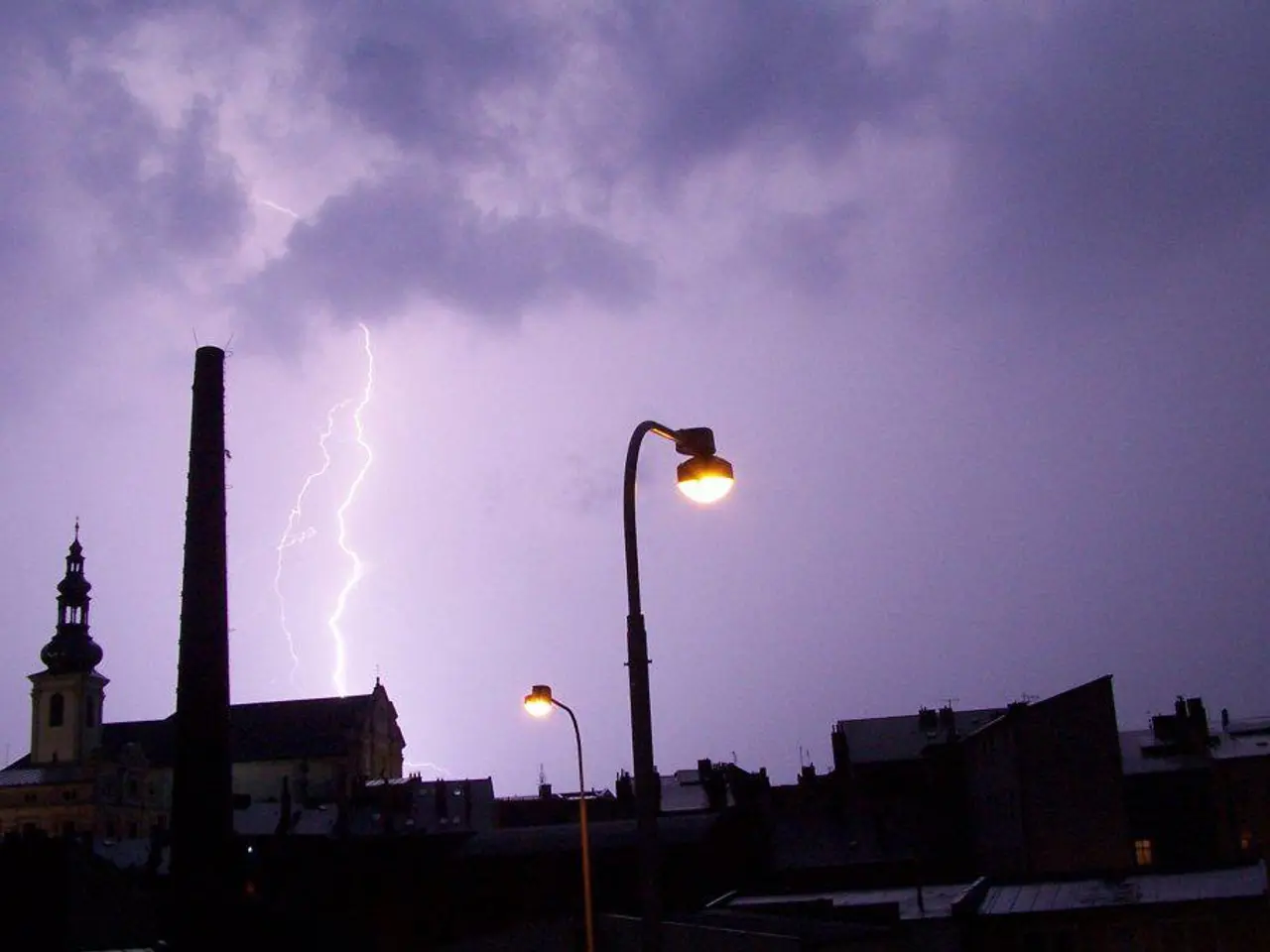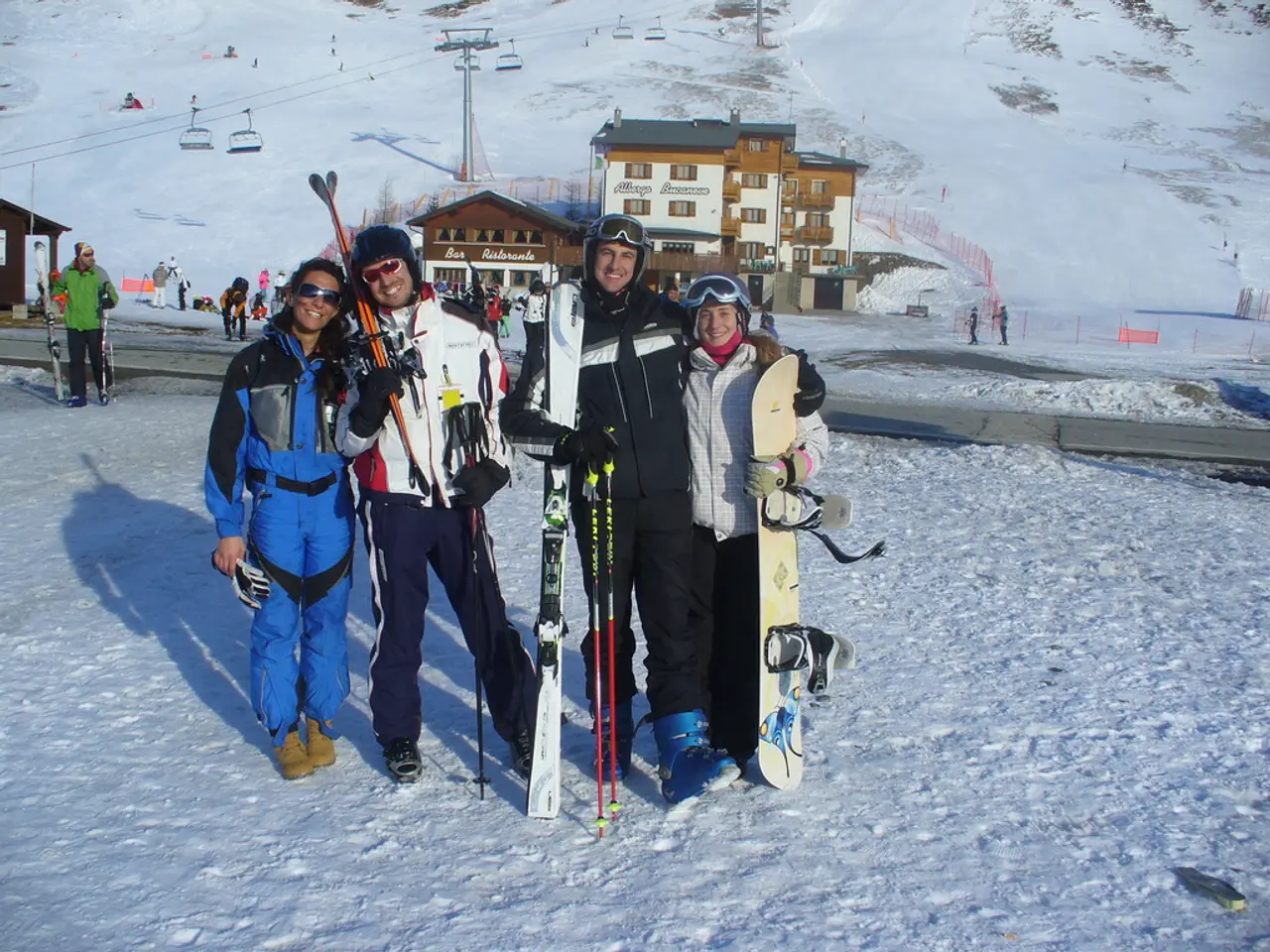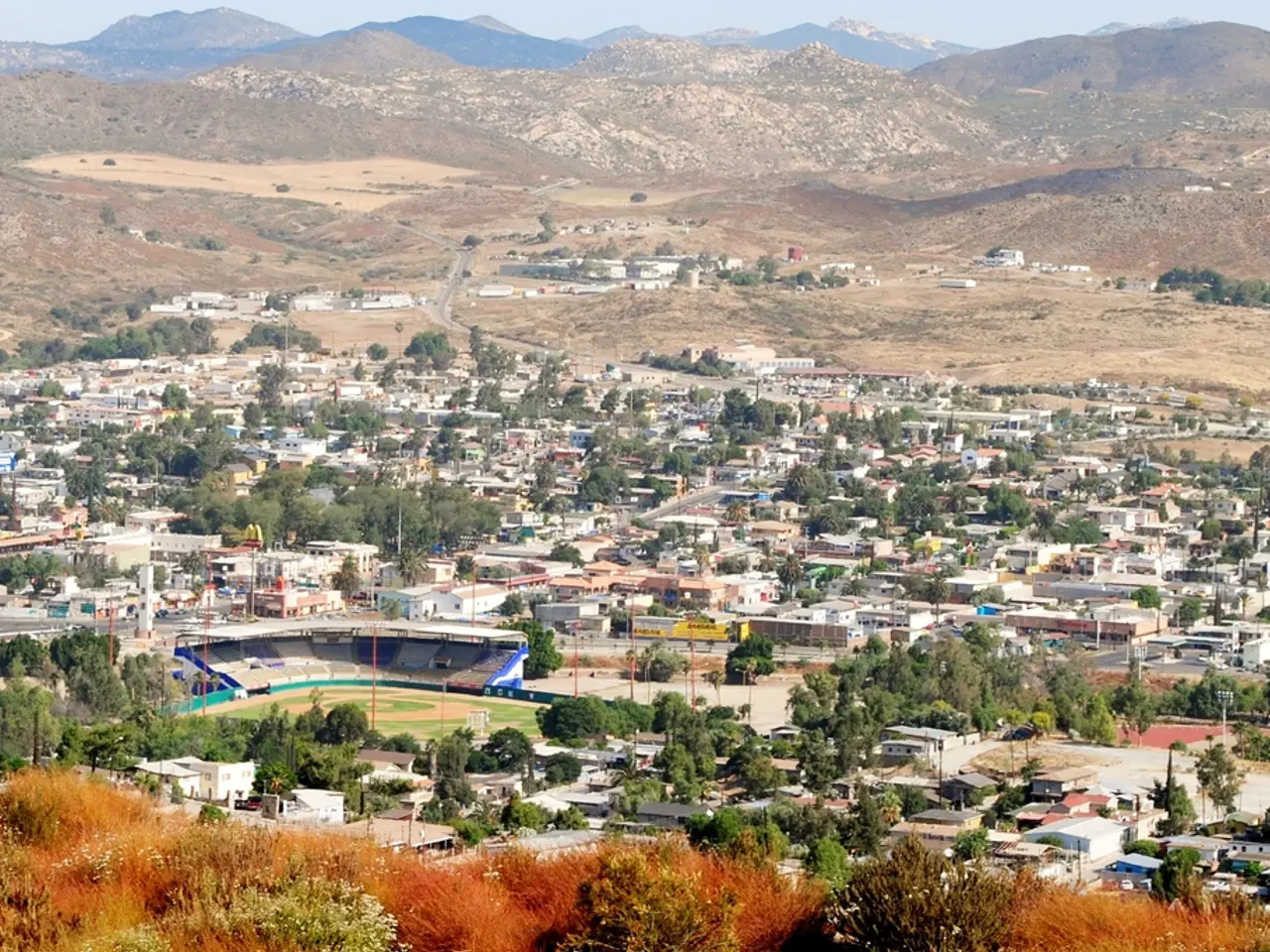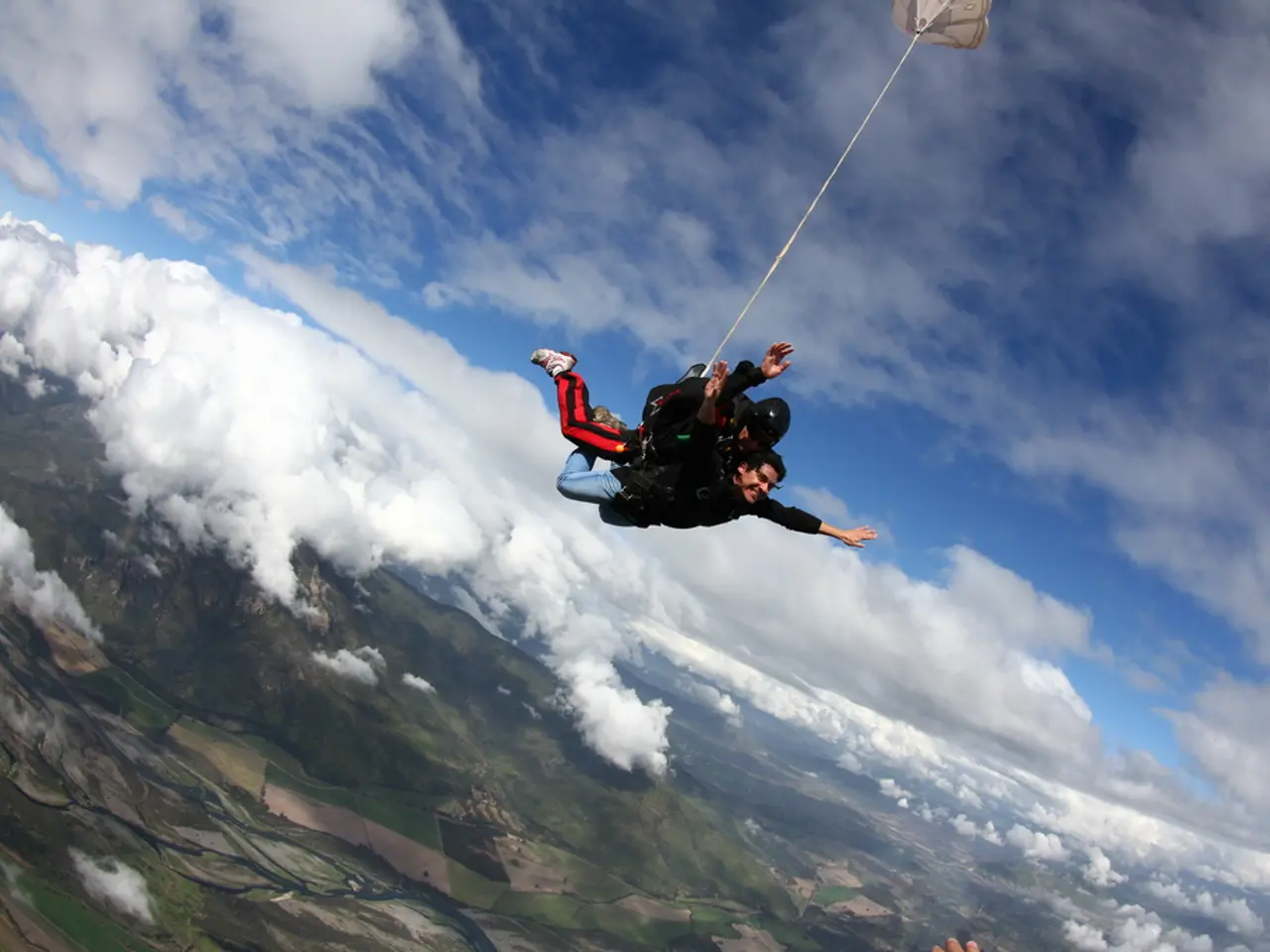Mountain wildfire ravaging the north of Los Angeles, causing forced evacuations for numerous residents
Wildfires Ravage Western United States
The Western United States is currently grappling with a series of devastating wildfires, with California, Utah, Arizona, and Nevada experiencing significant blazes. These fires have been exacerbated by hot, dry weather conditions, long-term drought, and the impacts of climate change.
In California, the Gifford Fire, the largest wildfire of the year in the state, has spread to just over 114,000 acres and is 15% contained. The fire, which started around 1:30 p.m. PT on Thursday, has forced over 2,700 residents to evacuate in Los Angeles County, with another 14,000 residents and 5,000 structures under an evacuation warning. The wildfire has also caused Las Vegas to have its worst air quality in over two years on Monday.
The Gifford Fire is not alone. The Canyon Fire is located west of Castaic Lake, an area previously affected by the Hughes Fire in January. The Monroe Canyon Fire is the largest wildfire in Utah this year and has burned through nearly 65,000 acres.
Meanwhile, the Dragon Bravo Fire is raging in Arizona, along the North Rim of the Grand Canyon. This wildfire has become one of Arizona's largest in history and has burned through dozens of structures, including a historic lodge.
The ongoing drought and high temperatures, driven by climate change, have resulted in severe fuel dryness across many areas in the West. Moisture content in timber fuels has dropped below 10%, driving fire danger indices well above normal. This fuel desiccation is linked to ongoing drought conditions that began in winter and have persisted into summer.
July 2025 saw below-normal precipitation in many western regions, contributing to increased fire risk. Several large wildfires started during dry lightning events, which are natural ignition sources. The early August outlook predicts continued hot and dry conditions with weak monsoon moisture, further maintaining elevated fire risks.
Research shows that while fire exclusion historically influenced fuel buildup in dry western forests, climate change now plays a more substantial role by increasing fuel aridity, lengthening fire seasons, and promoting more extreme fire conditions. Human ignition sources also contribute significantly, having tripled the length of the wildfire season by adding ignitions beyond natural lightning-caused fires.
The effects vary across ecosystems. For example, wetter, dense forests in places like western Oregon are more fire-limited by fuel aridity and thus more sensitive to climate-driven drying, whereas chaparral ecosystems in southern California are experiencing more frequent fires primarily due to increased ignitions, threatening ecosystem health.
In conclusion, the recent Western US wildfires have been intensified by sustained drought, fuel drying due to high temperatures and low moisture induced by climate change, and continued fire ignitions both natural and human-caused, creating conditions for larger, more frequent, and longer-lasting wildfires than historically typical.
The Gifford Fire, in particular, is a "very dynamic situation" caused by hot, dry weather, steep and rugged terrain, and dry fuel. The fire is spreading east with 0% containment at the time of writing, and over 700 structures are under an evacuation order in Los Angeles County. The wildfire is a significant reminder of the ongoing battle against wildfires in the West and the urgent need for effective strategies to mitigate their impacts.
References:
[1] National Interagency Fire Center. (2025). Wildland Fire Assessment & Situation Report. Retrieved from https://www.nifc.gov/wildfire_reporting/docs/wfassr/2025/wfassr_20250801.pdf
[2] California Department of Forestry and Fire Protection. (2025). Gifford Fire Incident Information. Retrieved from https://www.fire.ca.gov/incidents/2025/8/1/gifford-fire/
[3] National Oceanic and Atmospheric Administration. (2025). Wildfire Outlook for August 2025. Retrieved from https://www.nifc.gov/fireInfo/wildland_outlooks/august_2025.pdf
[4] United States Geological Survey. (2025). Climate Change and Wildfire in the Western United States. Retrieved from https://www.usgs.gov/centers/wri/science/climate-change-and-wildfire-western-united-states?qt-science_center_objects=0#qt-science_center_objects
[5] National Aeronautics and Space Administration. (2025). Drought in the Western United States. Retrieved from https://www.nasa.gov/feature/drought-in-the-western-united-states
- The persistent hot, dry weather conditions exacerbating the wildfires in the Western United States are a concerning sign of climate change impacts on the environment, indicating a need for further investigation in the realm of environmental science and weather-forecasting.
- The link between long-term drought, climate change, and wildfire occurrence has become increasingly evident in the West, emphasizing the importance of weather-forecasting in predicting and mitigating future wildfire risks.
- As scientific research continues to demonstrate the connection between climate change and increased wildfire frequency, it is imperative that we dedicate more resources to weather-forecasting and environmental-science to better understand and combat these environmental hazards.
